Malic Acid Benefits, Dosage, Foods Rich In It, & Side Effects
From boosting oral to hair health, this natural compound benefits you in many ways.

Image: Shutterstock
Malic acid benefits range from boosting hair and skin health to improving liver health. In addition to apples, malic acid is also found in a wide variety of vegetables and fruits. This natural compound can help manage fibromyalgiai Chronic widespread musculoskeletal pain and sensitivity accompanied by fatigue, altered sleep pattern, and mood issues. and chronic fatigue syndromei Disorder which causes extreme fatigue that lasts for over six months as well as sleep abnormality that worsens physical and mental activities. . It may also benefit your oral health. This article discusses the importance of malic acid, its benefits, sources, recommended dosage, and possible side effects. Take a look.
 Know Your Ingredient: Malic Acid
Know Your Ingredient: Malic AcidWhat Is It?
It is a type of alpha-hydroxy acid (AHA) that is naturally found in fruits such as apples, cherries, and grapes.
What are Its Benefits?
It can help exfoliate dead skin cells, promote skin hydration, and reduce hyperpigmentation. It may also help reduce muscle pain and fatigue.
Who Can Use It?
It can be used by anyone and is especially beneficial for improving muscle endurance and stamina.
How Often?
It is advised to consume 1.2-2.8g daily, usually in combination with magnesium and other nutrients.
Caution
Individuals with certain medical conditions such as kidney disease should avoid consuming it in high amounts.
In This Article
What Is Malic Acid?
Malic acid is naturally found in fruits and vegetables and is also produced in our bodies when carbohydrates are converted into energy. The natural form of malic acid is called L-malic acid, and the one synthesized in the laboratory is called D-malic acid. Malic acid provides the sour, tart, or bitter taste commonly associated with fruits and vegetables.
 Trivia
TriviaCarl Wilhelm Scheele was the first person to create malic acid from apple juice in 1785.
It produces the chemical energy required for managing bodily discomfort, energy production, general detoxification, and oral hygiene. That is just an overview. Now let’s get to the details below.
Key Takeaways
- Malic acid intake may boost energy levels and the growth of healthy new cells in the body.
- Its consumption provides relief for fibromyalgia and boosts oral health and gut health.
- It is found in citric foods and considered safe for those with obesity and pregnancy issues.
- It may help improve certain liver and skin problems.
Is Malic Acid Vegan?
Malic acid is considered vegan. Since it is derived from plant sources and does not involve animal products or by-products in its production, it aligns with vegan dietary principles.
It is a naturally occurring organic compound found in various plant-based sources, primarily in fruits such as apples. As a vegan-friendly ingredient, malic acid is often used in the food and beverage industry to add a sour or tart flavor to packaged jams and juices. The tart flavor occurs because it releases hydrogen ions (H+) which activate sour taste receptors on the tongue (1). It can be used to enhance the taste of vegan-friendly products, such as candies, beverages, as well as some processed foods.
However, when purchasing products containing malic acid, it’s better to check the ingredient label for any potential non-vegan additives or processing methods.
Check the next section to learn some of its benefits.
What Are The Benefits Of Malic Acid?
Primarily used for treating fibromyalgia and chronic fatigue syndrome, malic acid is also known to boost oral health and cleanse the liver.
Studies show it can also boost energy.
1. Treats Fibromyalgia And CFS

Studies have revealed that malic acid can help treat the pain associated with fibromyalgia. And it is especially effective when taken in combination with magnesium. The acid also increases tolerance to exercise, which otherwise gets difficult for people suffering from the condition. Research is also being done to check if low magnesium levels can contribute to fibromyalgia (2).
Malic acid improves overall muscle performance, and this can ease chronic fatigue syndrome (CFS). The acid also boosts energy levels and improves the condition.
2. Boosts Oral Health
Studies show how malic acid can improve xerostomia or dry mouth. It stimulates the production of saliva and treats the condition (3). The production of saliva also reduces the harmful bacteria in the mouth – this means malic acid can serve as an oral detox. Which is one reason it is used in toothpaste and mouthwashes.
You can also use malic acid to whiten your teeth. It acts as an astringenti Chemicals that constrict body tissues and reduce bleeding from minor abrasions, and also make skin less oily but drying up secretions and removes surface discoloration. You can use strawberries for this purpose. Mash a couple of them in a bowl and add a pinch of baking soda. Apply this mix to your toothbrush and brush for several minutes. Rinse with water right away and follow with a mouth rinse to protect the enamel. Repeat it just once every two or three months. Don’t overdo it – as malic acid may corrode your teeth as any acid food would do.
3. Improves Liver Health
Malic acid is also an effective metal chelator – which means it can bind to the toxic metals accumulated in the liver and deactivate them. Malic acid is also known for crumbling gallstones – this enables them to pass smoothly through urine, thereby cleansing the liver.
Removing gallstones in the gallbladder allows for more bile production and bile flow, and this lowers the amount of cholesterol and fat in the liver – and helps reverse fatty liver disease.
4. Can Treat Gout

Though there is less research on this, some sources suggest that malic acid can fight gouti A complex form of arthritis that causes tenderness, swelling, and pain in the joints due to the deposition of excess uric acid. due to its anti-inflammatory properties.
5. Good During Pregnancy

Research is limited. However, one study states that malic acid present in fruits and vegetables can improve the absorption of iron – a mineral that is very important during pregnancy (3).
6. Can Aid Weight Loss
Some sources say that taking malic acid can aid fat break down by muscles. There is limited information on this, however. Please consult your doctor.
7. Can Make Your Skin Flawless
Malic acid can brighten the skin and smoothen its texture – which is one reason it is used as a common antioxidant ingredient in anti-aging creams. It also acts as a humectant – it retains moisture, keeping the skin hydrated. In one study, old wounds were greatly improved after an ointment made from malic acid and petroleum jelly was applied.
The acid is also known to balance the pH of the skin. It can also remove a build-up of dead cells – and this works great in treating acne. Applying diluted apple cider vinegar to your skin and washing off after 10 minutes can help. You can do this twice or thrice a week.
Malic acid might also treat candida – although there is not enough research on this.
8. Can Boost Hair Health

Washing your hair with malic acid is known to eliminate bacteria and dandruff. It also can give your hair a nice shine. Malic acid neutralizes the pH levels of the hair follicles and removes dirt deposits stuck to the hair.
It can also prevent hair loss. Simply wash your hair with diluted apple cider vinegar (twice or thrice a week, before shampooing), which is a very good source of malic acid.
We are done with the benefits. But how can you make sure you get the benefits of malic acid regularly?
What Are The Foods Rich In Malic Acid?
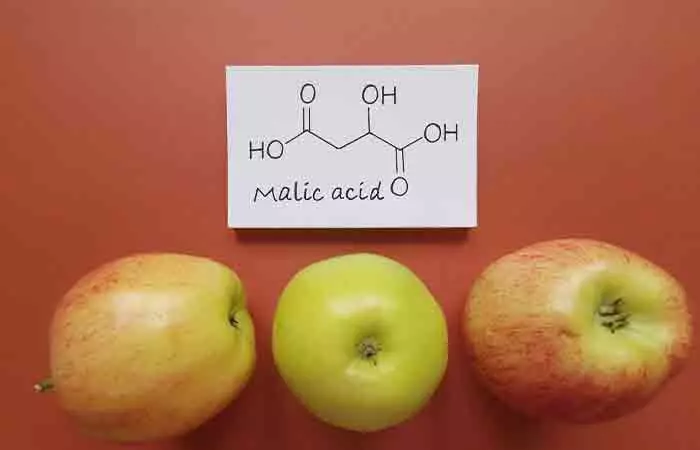
Following are foods and products rich in malic acid.
- Fruits – Apples are the richest sources. Other fruits include bananas, cherries, grapes, lychees, mango, nectarines, oranges, and strawberries.
- Vegetables – Vegetables rich in malic acid include broccoli, beans, carrots, peas, and potatoes.
- Beverages – These include carbonated and non-carbonated beverages, powdered iced tea, fruit-flavored drinks, and alcoholic ciders and wine.
- Medical And Personal Hygiene Products – These include throat lozenges and cough syrups, toothpaste, and mouthwashes.
- Other Edibles – These include hard and soft candies, chewing gum, fruit preserves, and some bakery items with fruit fillings.
But we recommend you primarily focus on fruits and veggies for your malic acid needs. The beverages and other edibles we have mentioned are not always healthy.
 Quick Tip
Quick TipMalic acid is also available as a supplement – in the powder form. But how much of it can you take?
What Is The Recommended Dosage Of Malic Acid?
The dosage usually ranges from 1,200 to 2,800 milligrams per day. Malic acid is usually used with magnesium, and in that case, the recommended dosage is 280 milligrams per day.
But wait, how do you know if you even need malic acid in the first place? Well, some of the most common indications include chronic conditions characterized by discomfort and fatigue.
Though exceeding the dosage doesn’t usually cause any undesirable effects, some individuals might experience side effects.
What Are The Side Effects Of Excess Malic Acid?
- Issues With Pregnancy And Breastfeeding
Though malic acid is safe, we don’t know about the safety of malic acid supplements during this period. Please consult your doctor before using them.
- Low Blood Pressure
Though we are uncertain (due to lack of studies), some sources say that malic acid might lower blood pressure. In this case, it might cause your blood pressure to go way too low – which might be a problem if you are already on blood pressure medications. Hence, consult your doctor.
Infographic: Top 5 Benefits Of Malic Acid
Malic acid is naturally found in fruits and vegetables and provides the signature tart of bitter flavor. What many people do not know is it supports energy production, reduces fatigue, and promotes overall vitality. Check out the infographic below to understand the top reasons why this interesting ingredient should be included in your diet.

Illustration: StyleCraze Design Team
Malic acid is a natural compound found in many fruits and vegetables. It has been used as a common ingredient in many skin and hair care products. Malic acid benefits are not just limited to its cosmetic applications but cater to overall health like reducing inflammation to combat gout or support bone health. Anecdotal evidence suggests it may help in regulating metabolism and supporting digestion and boost immunity as well. It also helps treat fibromyalgia, improve overall muscle performance, boost oral health, and enhance liver functioning. However, intake of malic acid supplements in excess amounts may lower blood pressure way too much. Hence, consume malic acid in the recommended amounts to avoid adverse reactions. Consult your doctor in case of any emergencies.
Frequently Asked Questions
Is malic acid stronger than citric acid?
Yes, malic acid is stronger than citric acid. When added to food products, malic acid contributes to extreme tartness. It also is used with or in place of citric acid in sour sweets. However, when it comes to using malic or citric acid for skin, the former is considered a gentler exfoliant and is suitable for people with sensitive skin. Citric acid, on the other hand, may irritate the skin (5). However, it would be great to read about the benefits and side effects of citric acid for the skin before using it as it will brace you about the expected outcome, helping you make an informed decision regarding your skin.
Is malic acid soluble in water?
Yes. In scientific terms, carboxylic acids with short carbon chains are soluble in water. Malic acid is one such acid, and hence, it is soluble in water.
Is malic acid good for the kidneys?
Yes. Malic acid supplementation increases urinary citrate excretion and helps treat calcium renal stone disease (6).
Does malic acid spike blood sugar levels?
There is no research suggesting that malic acid intake spikes blood sugar levels.
Does malic acid reduce uric acid?
As per anecdotal evidence, malic acid neutralizes the uric acid in the bloodstream. However, more studies are needed to understand this benefit of malic acid.
Is magnesium malate the same as malic acid?
No. In fact, magnesium malate is a compound made by combining magnesium with malic acid.
Do blueberries have malic acid?
Yes. Blueberries have malic acid (7).
Illustration: Malic Acid Benefits Dosage Foods Rich In It & Side Effects
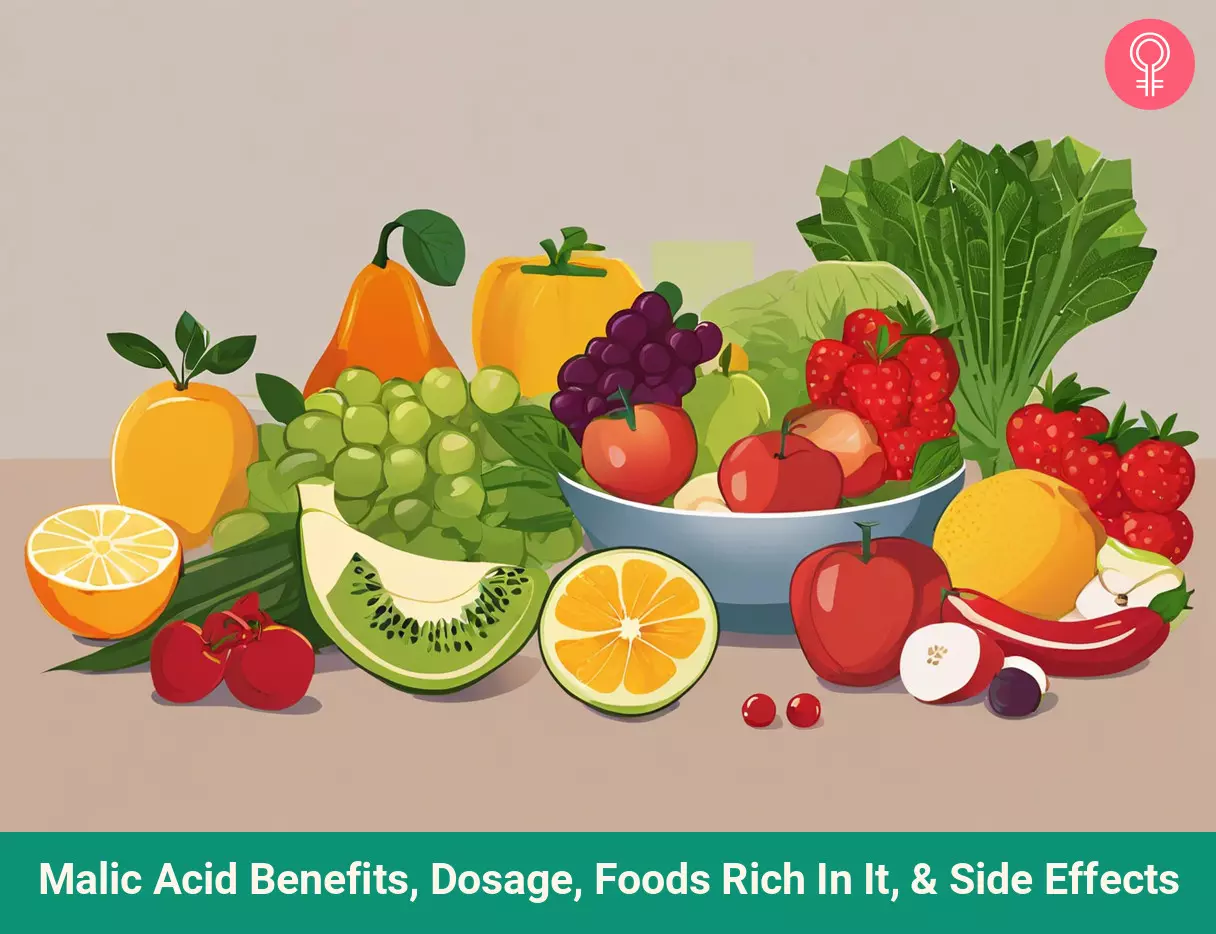
Image: Stable Diffusion/StyleCraze Design Team
Learn about the amazing benefits of malic acid for liver health! Click on this video to get tips on how to include it in your diet to improve your health and well-being.
References
Articles on StyleCraze are backed by verified information from peer-reviewed and academic research papers, reputed organizations, research institutions, and medical associations to ensure accuracy and relevance. Read our editorial policy to learn more.
- The Cellular and Molecular Basis of Sour Taste, US National Library of Medicine.
- “Fibromyalgia and nutrition: Therapeutic possibilities?”. US National Library of Medicine.
- “Effectiveness of malic acid 1% in patients…”. US National Library of Medicine.
- “Dietary intake and food habits…”. US National Library of Medicine.
- “A comprehensive bibliographic review…”. US National Library of Medicine.
- “Malic acid supplementation increases urinary citrate excretion and urinary pH: implications for the potential treatment of calcium oxalate stone disease”, US National Library of Medicine.
- “When Is the Right Moment to Pick Blueberries? Variation in Agronomic and Chemical Properties of Blueberry (Vaccinium corymbosum) Cultivars at Different Harvest Times,”.metabolites, US National Library of Medicine.
Read full bio of Julie Freeman
Read full bio of Ravi Teja Tadimalla
Read full bio of Arshiya Syeda
Read full bio of Sindhu Koganti






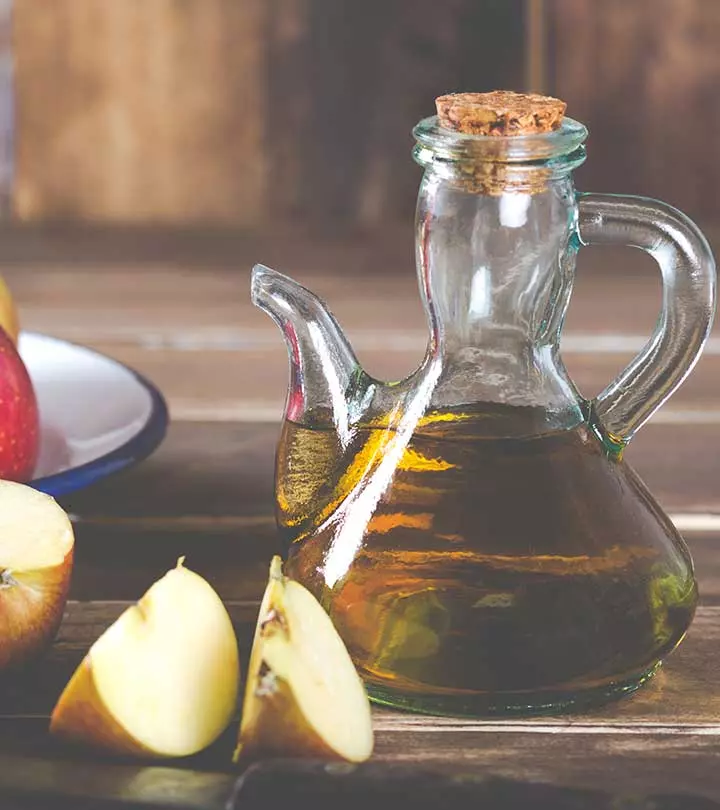
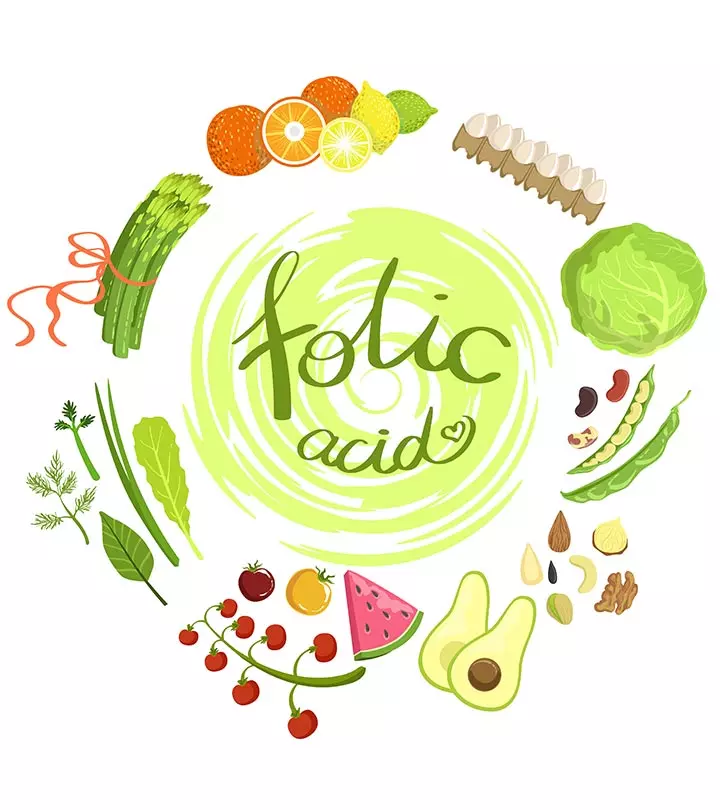


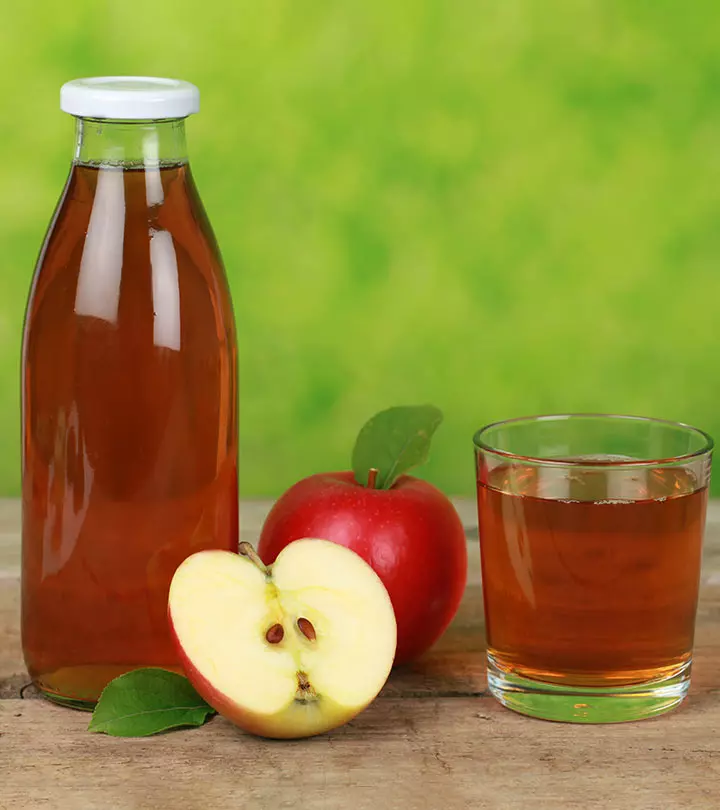
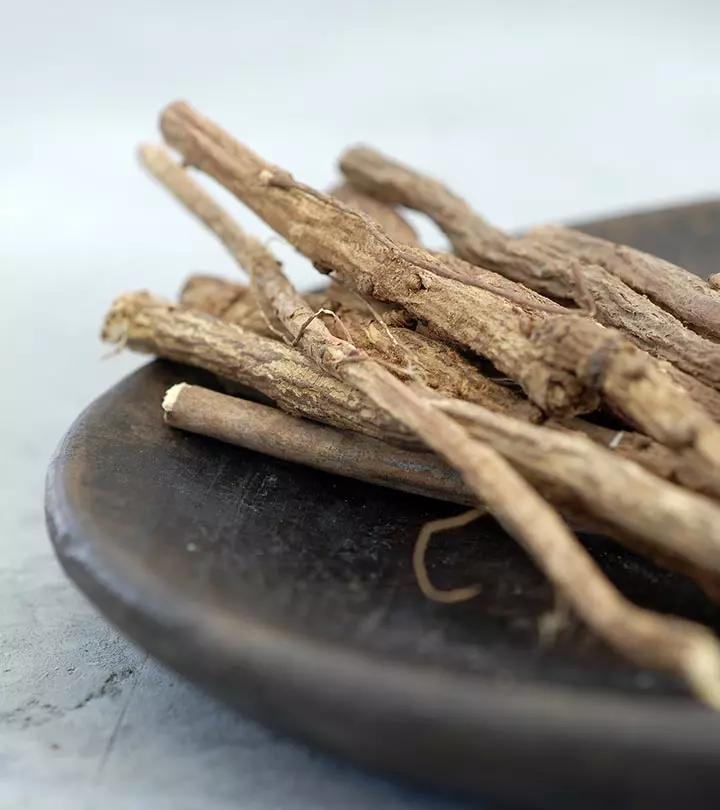




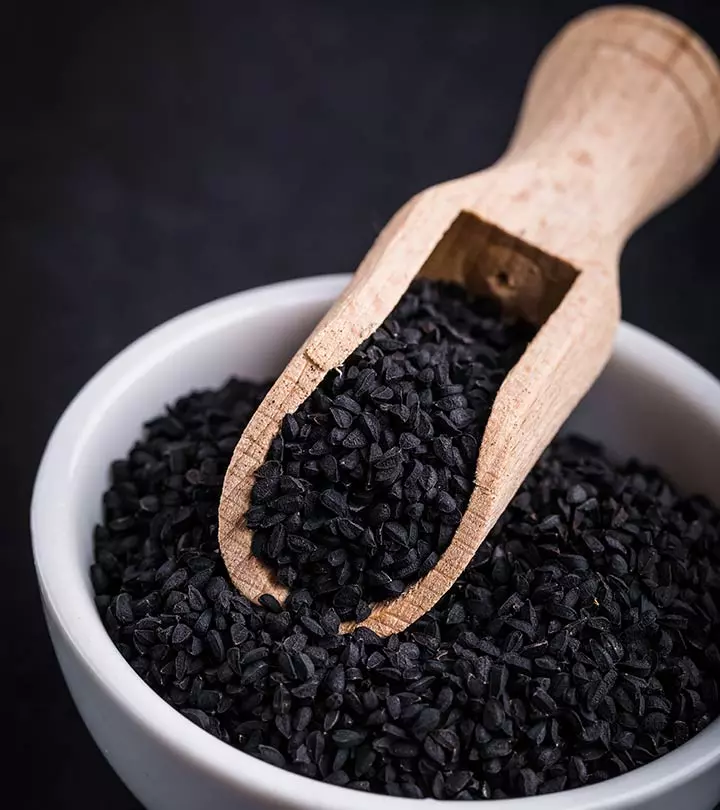
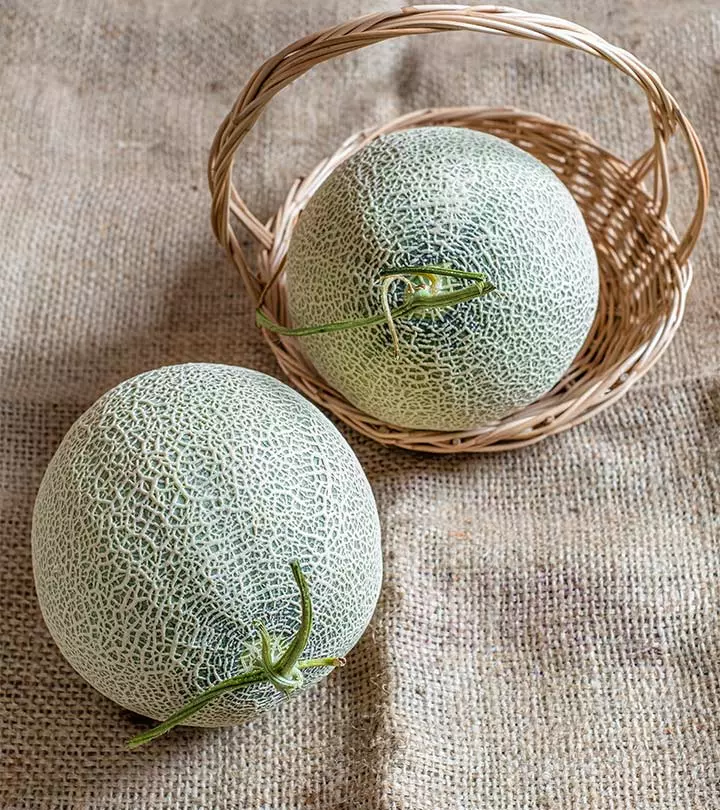

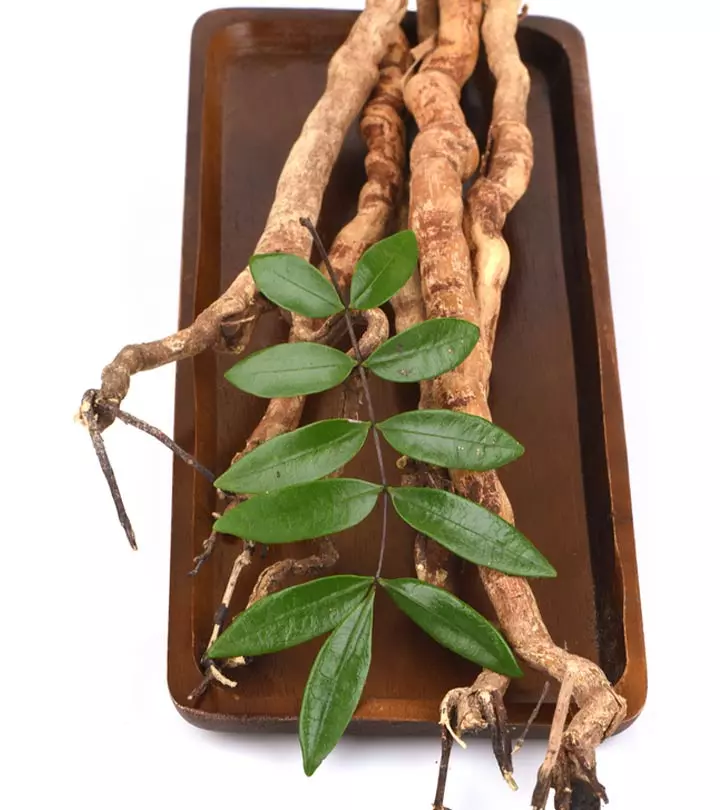
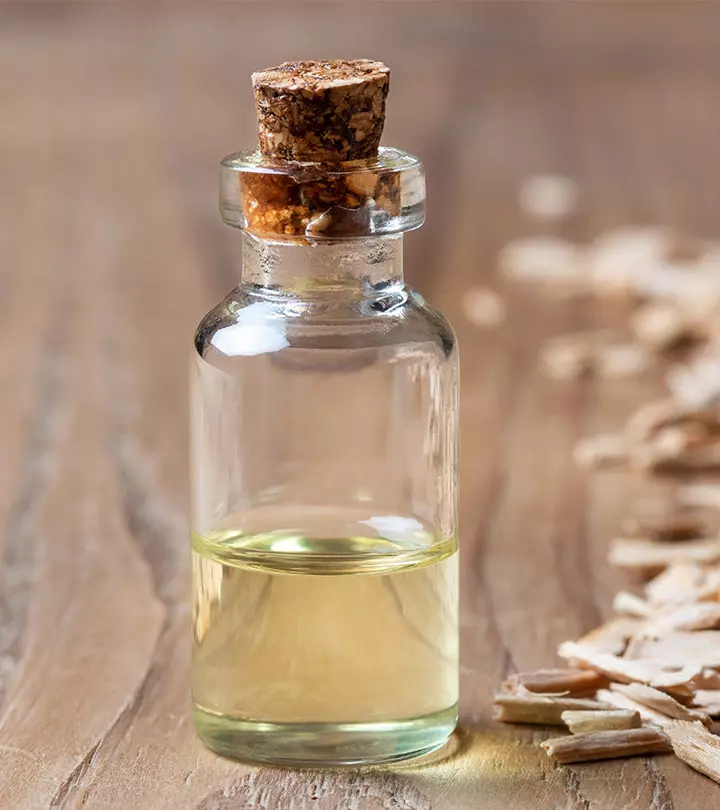
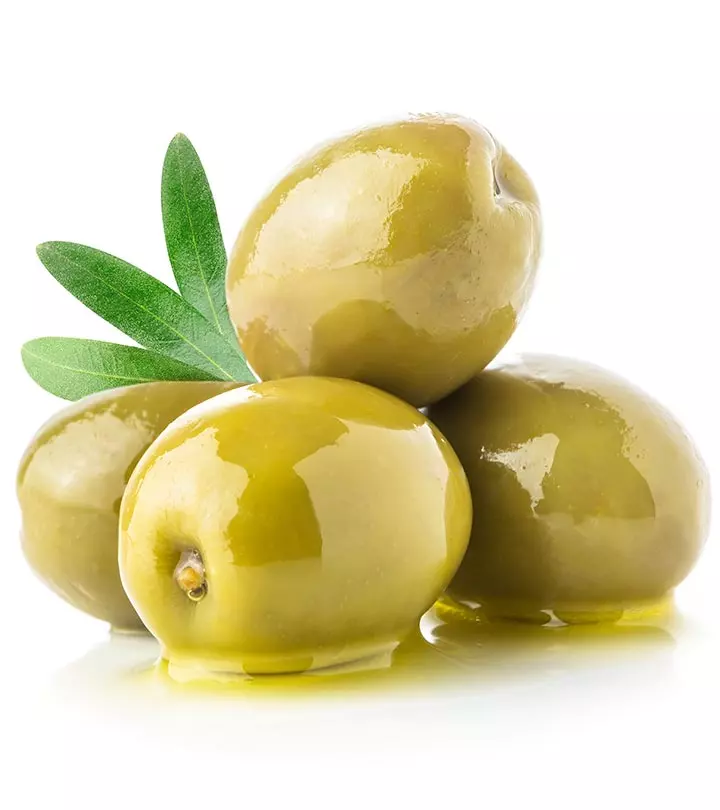
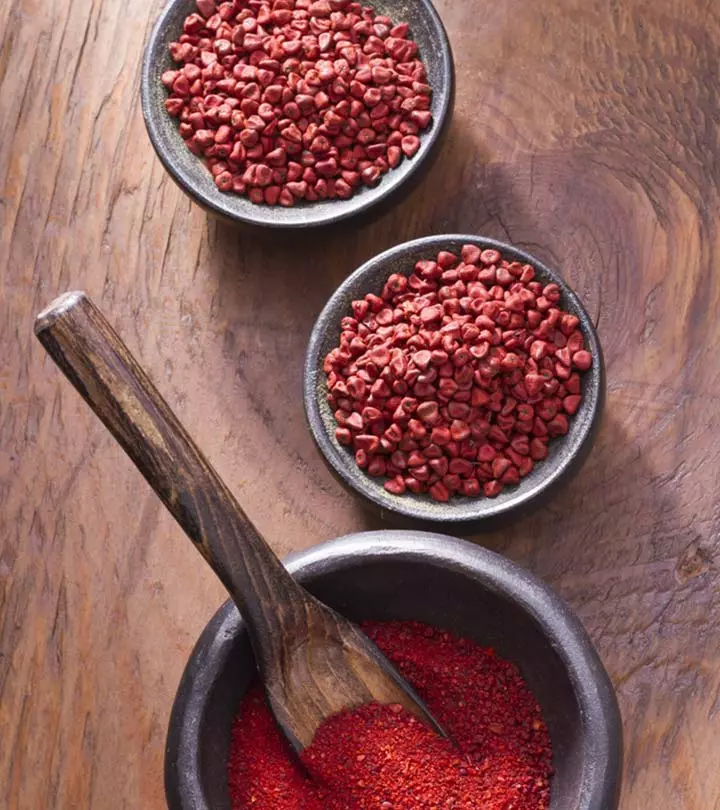
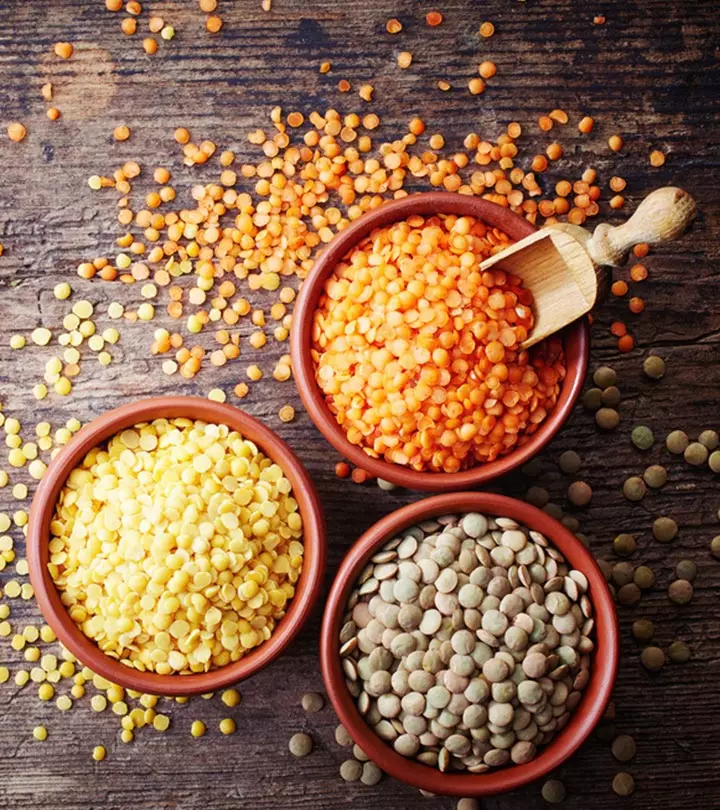
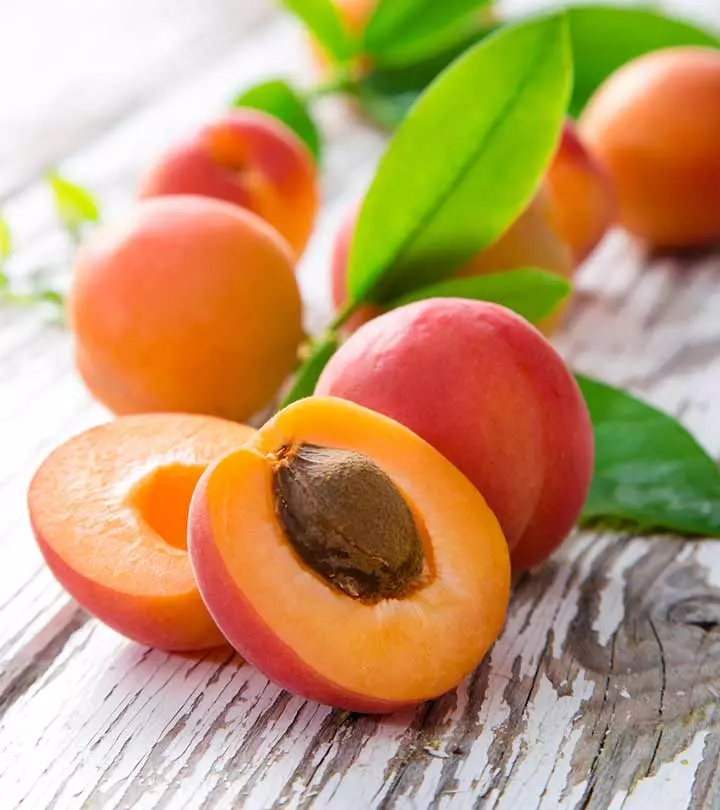
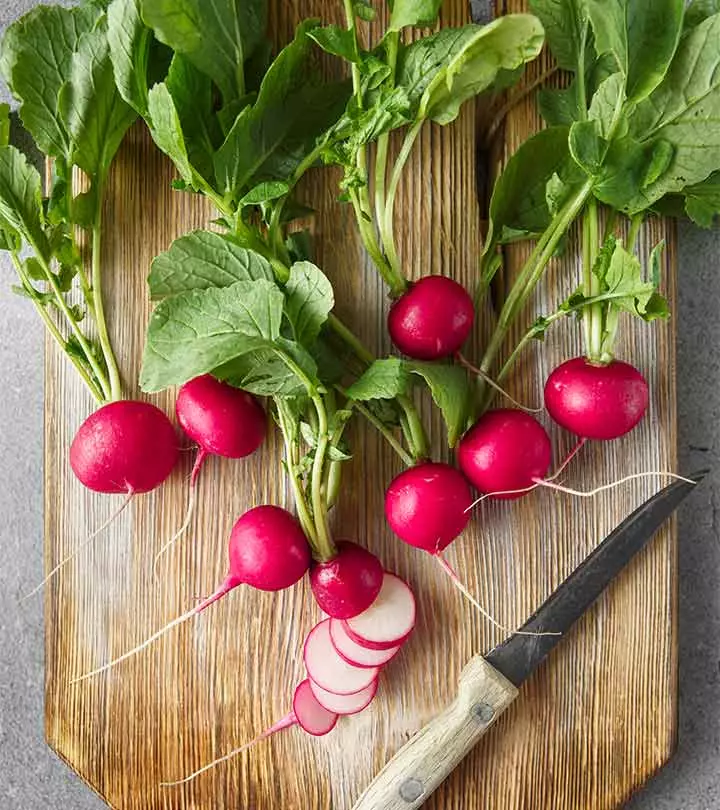
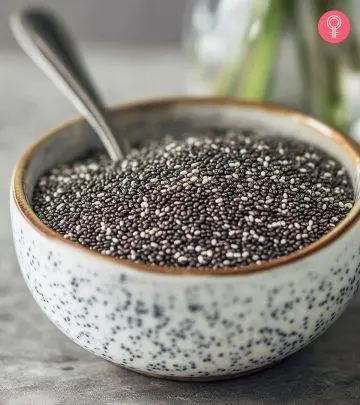
Community Experiences
Join the conversation and become a part of our empowering community! Share your stories, experiences, and insights to connect with other beauty, lifestyle, and health enthusiasts.